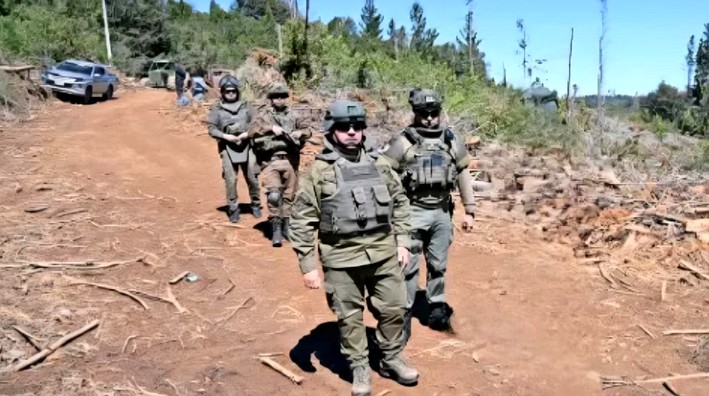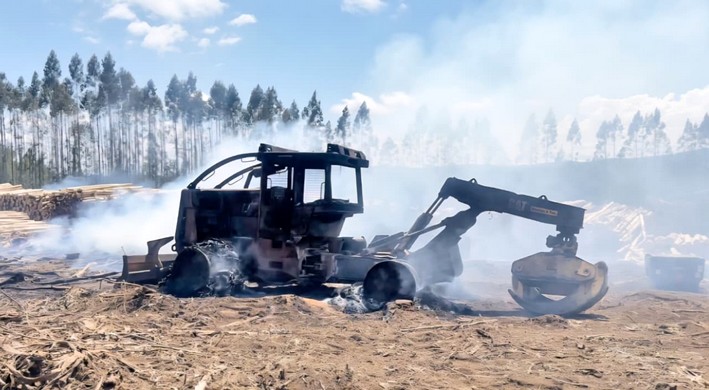Why is it important to maintain subsection g) of Article 4 of the bill creating the National Forestry Service?
Since the creation of the Biodiversity and Protected Areas Service (SBAP), concerns have arisen about potential conflicts of authority with the National Forestry Corporation (CONAF) and its future successor, the National Forestry Service (SERNAFOR).
These conflicts stem from the SBAP's ability not only to manage protected areas but also to regulate land use and natural resources outside these areas through biodiversity conservation instruments.
Such regulation directly affects forest lands, native forests, forest plantations, and other vegetation formations, raising concerns in the forestry and agricultural sector about potential overlap with existing regulations.
2. Problem
The SBAP has the authority to impose additional requirements on sectoral management plans and environmental permits without other competent agencies being able to review them within their respective scopes. This directly impacts the sustainable management of forest resources, affecting aspects such as forest plantation administration, native forest management, fire prevention, and the broader forestry and agricultural sector.
During the legislative process of the bill creating SERNAFOR, the need was identified for this agency to review, through binding reports, declarations of degraded areas and management plans for threatened ecosystems, among others. To this end, the Senate Finance Committee approved an amendment proposed by the Executive Branch granting SERNAFOR the authority to issue such binding reports.
However, the Executive Branch itself and pro-government representatives requested a separate vote on this provision during the third legislative stage in the Chamber of Deputies, seeking its rejection, which was achieved by a one-vote margin (considering abstentions), sending the bill to a mixed committee.
This could lead to a scenario where the SBAP and the Ministry of the Environment impose regulations without checks, prioritizing restrictions over conservation measures integrated with productive development.
3. Implications
If SERNAFOR's authority to issue binding reports regarding declarations of degraded areas and the preparation of management plans for threatened ecosystems, among others, is removed, the following scenarios could arise:
● An asymmetric regulatory framework would be established, where the forestry and agricultural sector would be subordinated to environmental decisions lacking sustainable management criteria.
● The risk of excessive regulations would increase, including the proliferation of declarations of degraded areas and threatened ecosystems, which would affect the productive activities of the forestry and agricultural sector, as well as other productive sectors.
● Inter-institutional coordination would weaken, hindering the implementation of balanced conservation policies alongside the development of the forestry and agricultural sector.
4. Proposed Solution
To ensure a balance between conservation and sustainable development, it is essential for Congress to maintain subsection g) of Article 4 of the bill creating SERNAFOR, ensuring that this agency retains the authority to review, through binding reports, the SBAP's requirements when they pertain to matters under SERNAFOR's jurisdiction, affecting sustainable forestry and agricultural management. Maintaining this subsection within Article 4 will enable the following:
● A more balanced regulatory framework, where environmental decisions also consider sustainable forestry and agricultural management criteria.
● Preventing the imposition of unchecked regulations, ensuring conservation is implemented through management tools rather than just prohibitions.
● Strengthening SERNAFOR's autonomy as a key actor in the management of Chile's forest resources.
Signatories of this letter:
Chilean Biomass Association, Achbiom.
Chilean Native Forest Owners Association, Aprobosque.
Forestry Contractors Trade Association, Acoforag.
Small and Medium-Sized Wood Industry Trade Association, Pymemad.
Chilean College of Forestry Engineers, Cifag.
Chilean Wood Corporation, Corma.

















